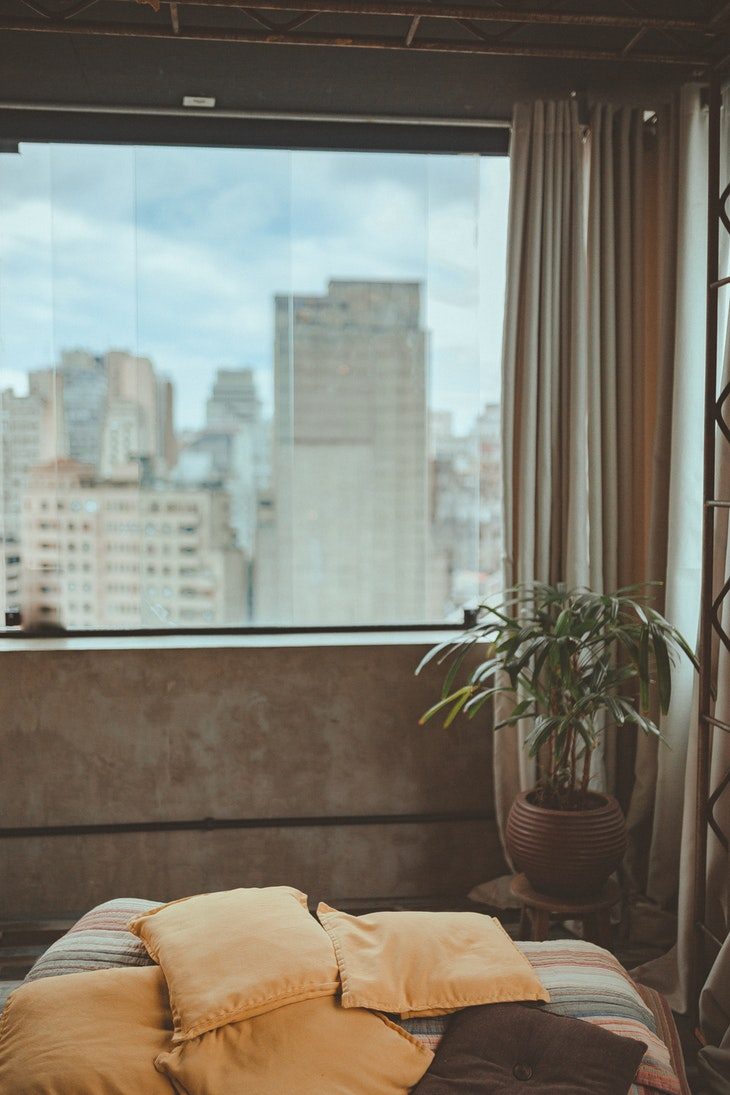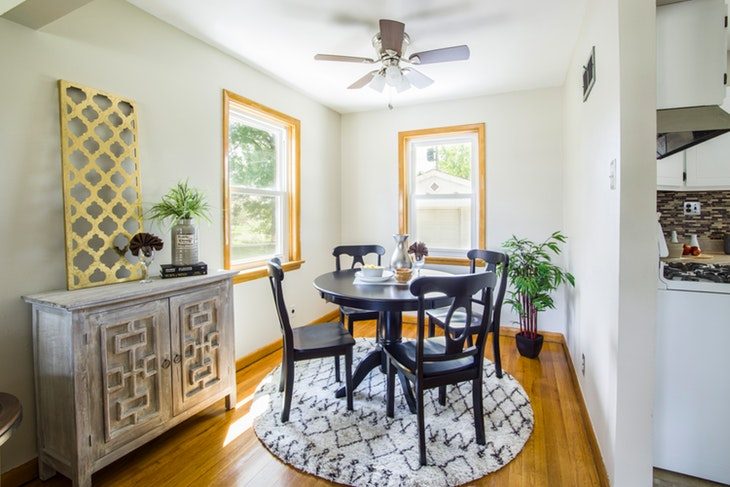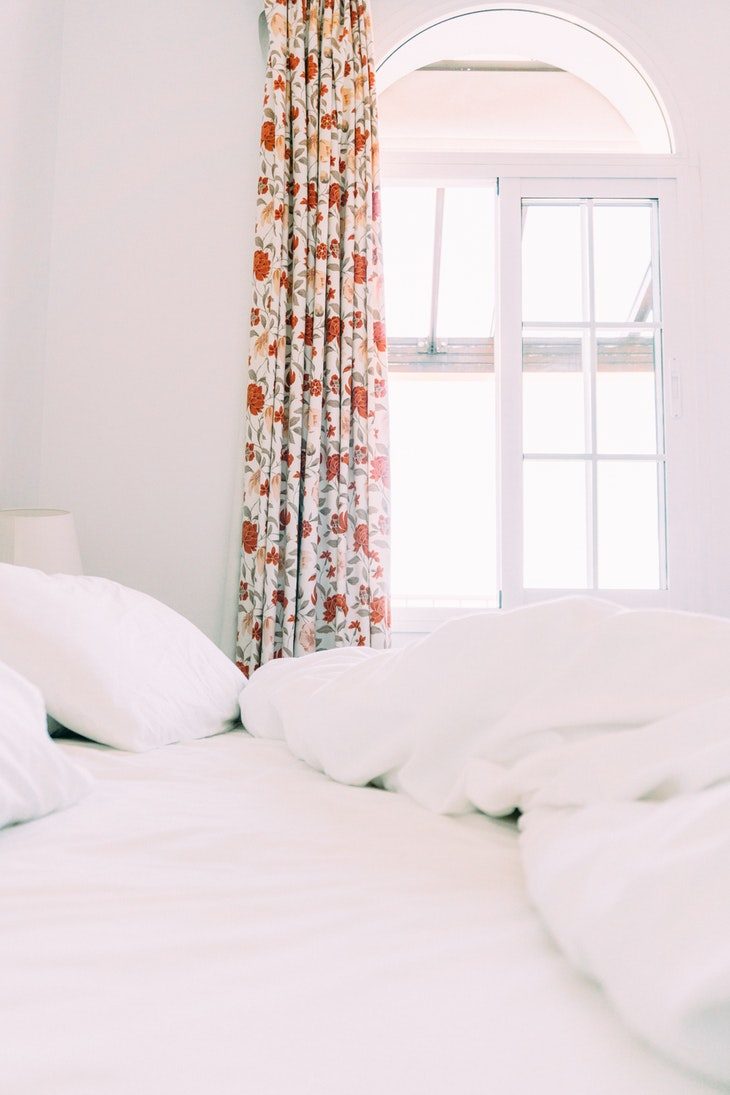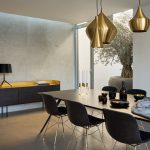
When it comes to the design of a space, few people think about factors like air quality. However, by paying attention to small details, you can actually enhance this aspect of the design and create an attractive space that’s also healthy and vibrant.
Read more after the jump:
3 Air-Friendly Interior Design Tips
We call our homes our sanctuaries or castles. They’re little insulated bubbles that are designed to protect us from the dangers of the outside world. But in many cases, our homes are actually adversely impacting our health.
“In the last several years, a growing body of scientific evidence has indicated that the air within homes and other buildings can be more seriously polluted than the outdoor air in even the largest and most industrialized cities,” United States Consumer Product Safety Commission explains. “Other research indicates that people spend approximately 90 percent of their time indoors. Thus, for many people, the risks to health may be greater due to exposure to air pollution indoors than outdoors.”
This begs the question, why aren’t we doing more to emphasize indoor air quality? But rather than postulate why we aren’t doing anything, let’s shift our attention to what we can do.
Most people don’t address indoor air quality because they assume it’s too complicated, or that it’ll lead to sterile spaces that feel more like laboratories or surgical wards than homey living spaces. However, as we’re about to show you in the following tips, air-friendly design can look good and be healthy at the same time. Here’s what you do:
Select the Right Materials
When building and decorating interior spaces, think carefully about the materials that you introduce to the indoor environment. Many commonly used materials give off volatile organic compounds (VOCs). These chemicals easily become gases and then mix with the oxygen that you breathe. This can lead to allergic reactions, respiratory issues, chemical sensitivities, and even more serious long-term health effects and diseases.
Insulation, vinyl flooring, carpet, caulk, paint, adhesives, and varnishes are common sources of VOCs. Thankfully, there are alternatives to almost all of the products and materials that do contain these harmful compounds. For example, bamboo or porcelain floors are safe alternatives to vinyl or carpet. Furniture that’s made from organic and natural materials, as opposed to synthetic fabrics, is also safe.
While it takes more time to design with safe, organic materials in mind, it’s worth it. In the end, you’ll have a space that looks good and keeps people safe and comfortable.
Use Purification Solutions
Even if you’re careful about keeping VOCs out, certain pollutants like bacteria and viruses will always be present. You can lower the presence of these unwanted contaminants by precisely integrating an air filtration system or purifier into the space to neutralize and remove the particulates.
Many of today’s air filtration systems are sleek and quiet. This makes them easy to tuck away in an area of the room where they won’t compromise or take away from the larger design. And if these systems are well maintained, they last for years and years.

Address Problem Areas
When it comes to indoor air quality, there are certain problem sources that have a direct and negative impact on the cleanliness of the air. Addressing these problem areas through strategic design will positively impact air quality in profound ways.
If you were to take a heat map of the average home and look at the spots that are most contaminated – or where most air contamination begins – you’d find that, almost without exception, entryways are the primary culprits. Whether it’s a side door, front door, or back door, these are the areas where germs and contaminants from the outside are tracked inside. Thus, if you can address these problem spots, you can significantly improve indoor air quality.
For starters, there should always be doormats at entryways – one on the inside and one on the outside. It’s also helpful to place sleek storage solutions at entry points so that individuals can remove shoes, jackets, purses, etc. upon entry. And again, some sort of air purification system is helpful here, too.
Designing a Complete Space
Design is closely connected to aesthetics and always will be. However, to only emphasize the look of interior spaces is to do a disservice to the bigger picture. Design is equally about function and purpose. In order to do justice to the spaces we design, it’s imperative that we focus on aesthetics and function. From how spaces feel to the ways in which they impact our physical health and comfort, design plays a significant role in cultivating spaces that are beneficial to our collective well-being.
Moving forward, let’s continue to make conscientious decisions that respect this reality.




